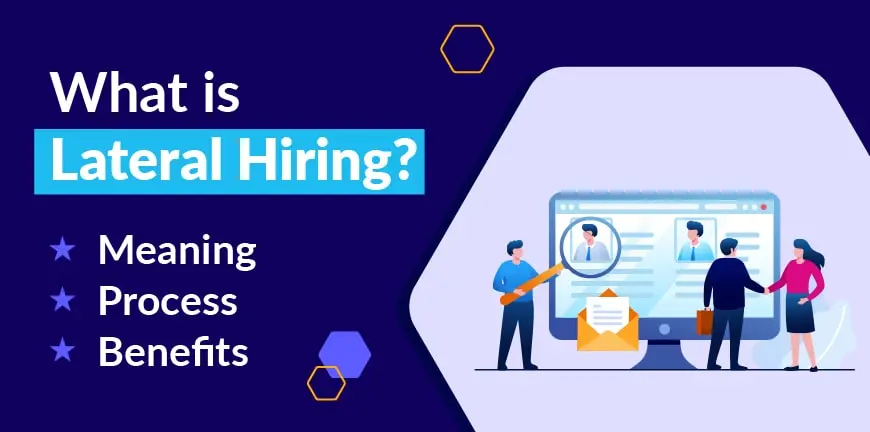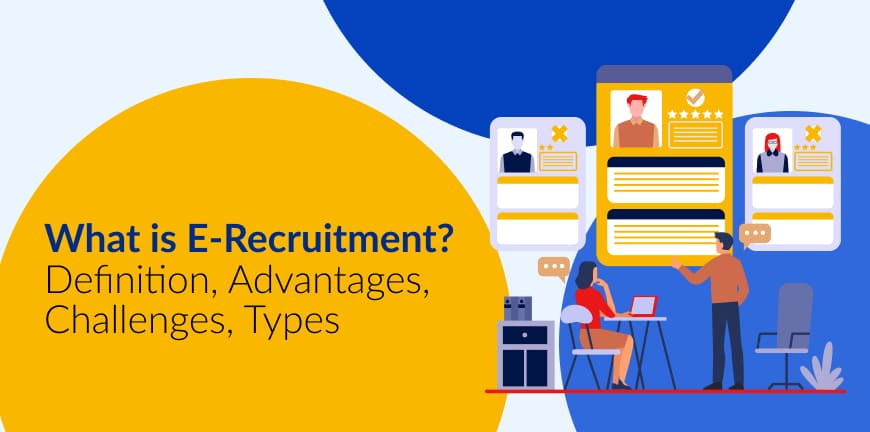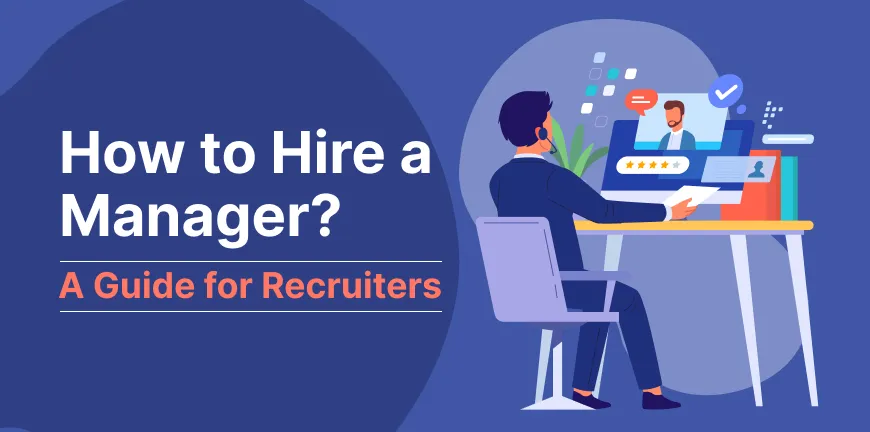
5 Countries with the Simplest Payroll
24/10/2024
Top 8 HR Trends to Watch in 2025
24/10/2024Hiring candidates can be challenging, especially when there are so many ways of going about it, given the growth of online platforms and online hiring as well. So how do you pick the candidates you want, how much time do you give yourself and what would be the costs of such a hire? One cost-effective and extremely effective method of hiring is lateral hiring. In this blog, we will understand its importance and challenges and then go on to examine the process of lateral hiring.
What is Lateral Hiring?
Lateral hiring is the process of hiring senior experts or specialists for your organization externally, from companies where they occupy similar positions. Hence the term, lateral hiring, because you are moving the hires laterally from one company to another. Please note that most lateral hires are passive candidates, not pursuing any opportunity now. Lateral hires are generally paid very competitive salaries to bring in the expertise that a business needs to succeed.
Importance of Lateral Hiring
The lateral hiring process is important because other than remote hiring and specialized staffing, it is one of those methods that really work well for the business in the long run. It helps businesses cope with immediate challenges as well as long-term ones that require a specific skill.
Benefits of lateral hiring
1. Attracting Top Talent
Generally, the lateral hire will be a person who is working in a similar capacity in another company, and therefore will be able to meet the job requirements from the get-go with only a bit of handholding required.
2. Faster Results
Since less training is required, you can expect faster results, especially if you are working on a niche project that requires a special kind of experience. There are also savings in time that will happen for similar projects in the future, so it makes sense as a long-term investment too.
3. Improved Competitiveness
Lateral hiring helps build a very skilled workforce over time, which might prove very useful when a business wants a competitive edge over another. This could happen because of direct input received from the hired specialist or through knowledge sharing with other members in the team.
4. Brings Skills from Different Work Settings
All workplaces are not the same. Workplaces differ in the way employees conduct themselves, how the work and knowledge is shared and how much time they give themselves to complete a task. A person when he comes from a different workplace will bring its benefits on board and make your workplace better.
5. Fresh Perspective
People who have been in work settings different from yours will also bring with them a fresh perspective that will help your company learn new ideas and innovate accordingly. They will also have different ways of solving problems, which your team(s) can also learn from.
6. Increased Efficiency
Lateral hiring is also a process that has increased efficiency, primarily because the process is built for fast-paced industries where the time to hire is typically low and the quality of hire is extremely crucial. Meeting these two criteria allows efficiency also to be taken up a notch.
7. Lower Cost of Hire
Though the hire will be paid a generally high salary, the cost of hiring is reduced as the process takes very little time as opposed to a regular hiring process across several channels and utilizing different media.
What are the Challenges of lateral hiring in recruitment?
1. Attracting Right Talent
Finding the right talent can be a challenge, especially in cases where the targeted skills are difficult to match easily. In such a case, it may be necessary to target a different geography, where again there is the challenge of a different work setting.
2. Negotiating Competitive Pay
Lateral hiring often comes with a problem ingrained into the process itself. As most lateral hires are passive candidates, it becomes difficult to negotiate competitive compensation with them.
3. Assessing Culture Fit
Here is another problem that is usually ingrained in the process. Lateral hiring is often an immediate tactic, and this means there is very little room for choice and there is no guarantee the person you hire is a culture fit. A way around this is to reach more candidates, but for this you would need a bigger team too.
4. Verifying Past Performance
This is a common problem with many lateral hiring efforts. Verifying past performance and concluding that the person is a good fit for the role is another difficult job to get done. This requires deep research, which again means you need very capable and experienced recruiters.
5. Handling Overqualification Issues
Another challenge is that the person may be overqualified for the job. In such a case, you would need to give some leeway in the salary negotiation stage or opt for another candidate or abandon the process itself. Such decisions are better taken by experienced professionals, which is why you would need the assistance of a recruitment agency.
6. Managing Internal Resistance
Sometimes lateral hiring can be reason for resistance from within the business, especially managers or supervisors, who may think they are overqualified to work under them or underqualified whatever the case may be.
What are the Steps in Lateral Hiring Process?
Here are some steps in the lateral hiring process:
1. Identify Needs
Identify the roles that need special skills, not present in the workforce.
2. Find Candidates
Observe the hierarchy in other organizations and make a list of candidates in similar roles with similar skills.
3. Assess Candidates
Schedule interviews with candidates after conducting detailed screenings assessments and gathering feedback.
4. Make an Offer
Make a great offer the candidate is unlikely to refuse.
5. Onboard New Hires
Invite the selected candidates to join the company, conduct an onboarding session where company policies are explained and convince them they would be a great fit given their similar background.
6. Provide Support
Ensure that the candidates get the support they need, by way of additional training and mentorship before or as they settle into the new role. A lateral hiring partner can be a major gamechanger for you in such a case.
Why you need a Recruitment Partner?
That brings us to the all-important question in lateral hiring. Why do we need a recruitment partner when doing lateral hiring? A recruitment partner can up the game for you when you are trying to negotiate the salary and when you are assessing a culture fit. They may be of great value even when you are trying to assess the performance and in increasing the ROI of the hiring process.
Alp Consulting, a recruitment and staffing agency with over 25 years of experience, should be your lateral hiring partner. We have helped ease the process of lateral hiring for several companies in the past, and we are now looking to do the same for you. When can we talk?
Frequently Asked Questions
What is lateral Hire?
A lateral position of hiring is when organisations recruit qualified and experienced professionals from other companies and offer them job roles that match their expertise, skills and industry insights, rather than grooming and training freshers.
What is the difference between Campus Hire and Lateral Hire?
Campus hiring is for people who are just graduating in a discipline. Depending on whether they are doing their bachelor’s or master’s, they may or may not have work experience. A lateral hire is a person hired from another company for a similar role, and the person can be hired at any stage of their career and will not be fresh out of college.
How to reduce TAT in a lateral hire?
To reduce TAT in a lateral hire, here are some of the things that you can do. You can optimize the careers page, improve the job descriptions that you have posted, and leverage employee referrals. You must clearly articulate the offer, so there is no miscommunication or confusion resulting from it.
What are the best practices in lateral hiring?
Some of the best practices in lateral hiring are defining clear objectives, conducting a thorough screening to ensure you have the right candidate, providing competitive pay and improving the onboarding process. Also, be realistic about the targets you have set and aim for long-term results also.
Contact Us For Business Enquiry

Amit Saproo
Amit Saproo is the Head of Operations at ALP Consulting with nearly 17 years of experience in Executive Search, RPO, Leadership, and IT & Engineering recruitment. He leads nationwide recruitment programs across Technology, BFSI, and R&D domains, driving strategic hiring solutions for diverse client needs. Amit excels in building and managing high-performance teams that deliver scalable, end-to-end recruitment and consulting services.




